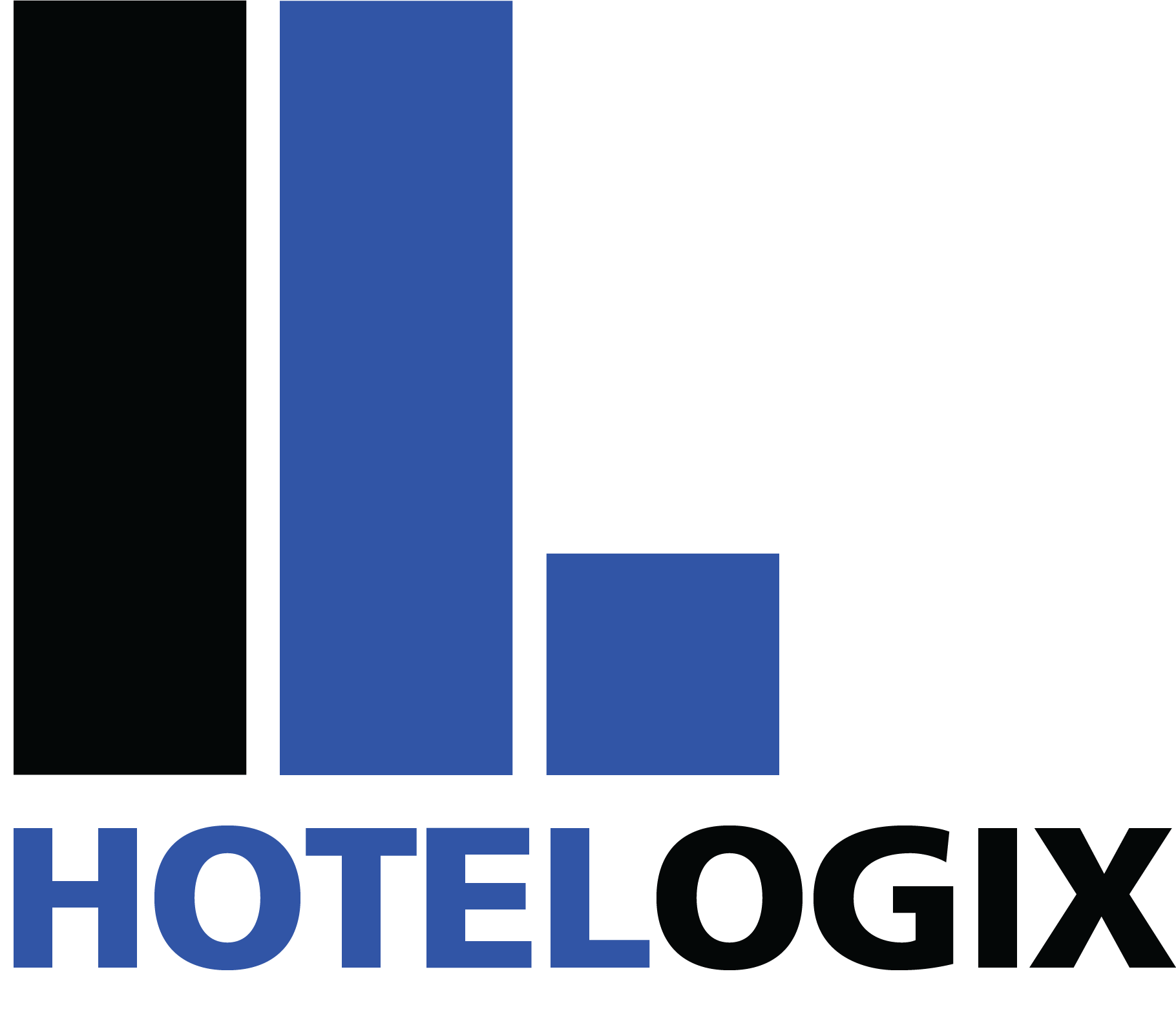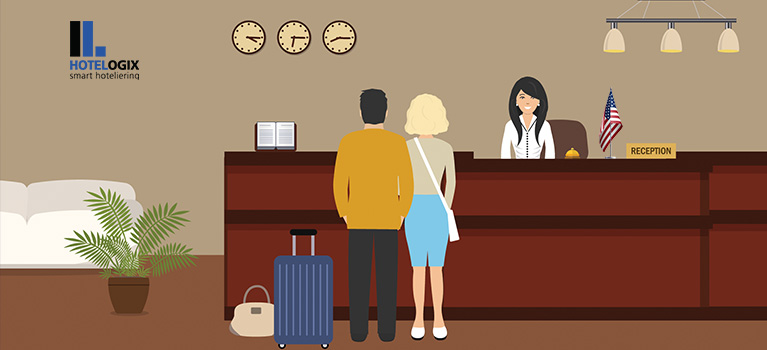COVID-19 has wreaked havoc on the world. However, few industries were hit harder than the US hospitality industry. The hotel industry in the USA has also been slow to recover, has lost an incredible number of jobs, and continues to deal with depressed room rates.
How will the US hotel market recover? What is the path that hoteliers can follow? We’ll break things down for you in this article.
The Impact of COVID-19 on the US Hospitality Industry
The US hotel industry is vast and varied, although it remains well saturated by hotel brands. With that being said, there are multiple participants across the industry, including global brands, regional chains, ownership groups, and independent hotels. Groups that are part of the industry but that do not actually own hotels include hotel management companies, distribution channels, and service providers.
The makeup of hotel room revenue in the US is also varied. A total of 27% came from independent hotels in 2019, 6% from economy rooms, 41% from upscale/midscale, and upper-midscale rooms, and 26% from luxury and upper-upscale rooms.
COVID-19 has affected both occupancy levels and room rates across the US hotel market, regardless of room or property type. By spring 2021, occupancy rates were just 65% of what they were in 2019. Room rates were similarly affected across all property types, as well. That is good news because when compared to the same time in 2020, both occupancy levels and room rates were significantly lower.
Finally, market capitalization has improved for the wider US hospitality industry, as well, with most brands outperforming REITs and conventional markets, with the exception of the Dow Jones Industrial Average.
Where Will the United States Recovery Go Next?
The two metrics to watch here are occupancy levels and pricing. As the world begins to open back up with higher vaccination levels and better caseload management, both will continue to rise. In fact, statistics show that the second half of 2021 and into 2022 will be marked by a trend dubbed “revenge travel” during which Americans are anxious to get out and get back to living their life as usual, and unwilling to break reservations. In fact, some major hotel chains are predicting travel levels will exceed 2019’s peak by about 10%.
The most visible force driving this seismic change across the United States hotel industry is leisure travel. Business travel remains present but down significantly, as companies continue to try to protect employees from dangerous variants. Still, there are positive indicators in other travel segments beyond leisure.
With that being said, experts predict it will take until 2023 or 2024 for revenue per available room (RevPAR) to recover to its 2019 levels. Non-chain hotels and small hotel chains can expect a faster RevPAR recovery, though. Luxury and upper-upscale properties can expect the longest lag time for full recovery, likely not reaching full recovery until early 2024.
Economy hotels seem poised to see the fastest RevPAR recovery and should achieve it by mid-2022. Upscale, upper midscale, and midscale chains will closely track the non-chain hotel recovery rates, although they are expected to lag somewhat.
You can also expect that to affect hotel construction trends. The US hotel business as a whole is seeing steady or slightly lower construction rates of all property types in major cities like Los Angeles, New York, Chicago, San Francisco, Miami, and Dallas.
Leisure Travel Is Set to Make Cities the Stars Once More
In 2020, cities across the US saw a dramatic decline in travel as people were less willing to expose themselves to the increased risk posed by crowding and higher infection concentrations. In 2021 and through 2022, that trend is reversing. In fact, leisure travel is transforming US cities into travel stars once more.
Which cities are expected to benefit the most from this trend, though? And which ones will be strong in domestic travel versus leisure travel?
The most lucrative destinations in the United States are expected to be New York City, Miami, Los Angeles, San Francisco, Dallas, and Chicago. However, each of those cities will be stronger in leisure than in domestic travel, some significantly so.
For instance, New York is expected to see an 80% leisure spending share, but only a 51% domestic share. Miami is even starker, with 82% for leisure and 34% for domestic. Los Angeles is a closer race, with 79% leisure and 51% domestic. Dallas might be the closest of all, with 80% leisure and 71% domestic.
What Can Hotels Do to Plan a Recovery Strategy?
While the US hospitality industry is recovering, that recovery is not even across all hotels. What’s more, small hotels have access to fewer resources than regional and global brands and are more adversely affected by market shifts. So, what can owners do to take an active hand in their own recovery?
Marketing Spend Reprioritization – One of the most important things for small hotel owners to do is to reprioritize their marketing spending. COVID-19 hit the reset button on audience segments, and chances are good that in 2021, 2022, 2023, and 2024 you will see a much different audience than before 2020.
For hotel owners, it’s time to dive deep into the process of determining what emerging audience segments to target with your marketing – where are those emerging demand pockets? What are the alternative locations? For many, local audiences are the first to target, particularly in the leisure sector as Americans begin to slowly emerge from lockdown.
Evaluate Your Technology – Now is the time to assess the technology partners you work with. Many small hotel owners jettisoned tech partners at the onset of the pandemic. Before you onboard those same partners, it’s important to answer a few critical questions, such as:
- Have they made the changes necessary to cope with the lingering effects of COVID-19 on traveler behavior, expectations, and demands?
- Do they offer touchless/contactless solutions that help improve guest/staff health and safety?
- Do they allow you to process mobile/remote payments for guests?
- Do they facilitate remote check-in and check-out so that guests can go straight to their room or depart at the end of their stay without having to stand in line at the front desk?
Plans for Virus Spikes – There is a very good chance that COVID-19 will be with us for a long time, and that we will continue to deal with variants of different severity levels. Delta and Mu are just two examples of these. Each new variant poses a unique threat level and it is important that your property has a plan in place to deal with spikes and travel warning flags. This is particularly important if your property depends on leisure travelers from overseas or long-distance domestic travel.
Events and Gatherings – For properties that host conventions and events, what plans will you have in place to safeguard attendees? Are you willing to consider CAPEX investments that allow you to handle virtual events so that the property can still host them but guests can attend online? Can you alter your current CAPEX plans to account for this need?
The Future of the Hotel Industry in the USA
There is no doubt that the US hospitality industry will recover. Current US hotel industry trends are all upward and forecasts indicate more of the same into 2022. However, that recovery will not be even and there will be hurdles along the way. It is important that small hotels have the right technology partners and strategies in place to shore up their success.
This article was originally published on partner sites.

